Protecting Customer Data During a Ransomware Attack
Understanding the Threat: What Is Ransomware?
Protecting customer data from ransomware has increasingly become a critical component of our IT management and network services. With ransomware attacks surging in prevalence, these malicious software strains can cripple business operations by encrypting valuable data and demanding payment for its release. The typical process of a ransomware attack involves infiltration into a system, often through phishing emails or exploiting network vulnerabilities. Once executed, it can quickly encrypt files, rendering them inaccessible to both customers and the business itself. The impact on customer data security is profound, potentially leading to loss of trust, financial damage, and breach of privacy regulations.
The First Line of Defense: Proactive Measures for Protecting Customer Data from Ransomware
Our proactive strategies are essential in guarding against ransomware. By anticipating potential attack vectors, we implement robust measures to shield customer data. This involves continuous employee training to recognize and avoid threats, and enforcing regular software updates to patch vulnerabilities. Additionally, advanced threat detection systems are mandated across our network, serving as an early warning mechanism to deter malicious activity before it escalates.
Assessing Vulnerabilities: The Role of Regular Security Audits
To further bolster defenses, we endorse the role of regular security audits as a cornerstone of our IT services. These comprehensive evaluations are crucial for uncovering any weak spots that could be exploited by ransomware attacks. Our rigorous audits adhere to industry best practices, ensuring that every facet of our systems is scrutinized for potential weaknesses. By leveraging insights from credible sources and the latest statistics, we understand that even the smallest oversight can lead to significant data breaches. Therefore, by systematically identifying and addressing these vulnerabilities, we enhance the security posture of our network and the data it holds.
Immediate Response: Steps to Take During a Ransomware Attack to Protect Customer Data
When a ransomware attack strikes, immediate action is paramount to safeguarding our customer’s precious data. We understand that every second counts, so we’ve developed a strategic plan that’s promptly initiated the moment an attack is detected. Our foremost aim during these critical moments is protecting customer data from ransomware, ensuring its confidentiality, integrity, and availability are not compromised.
Containment: Our First Line of Action
We commence by isolating infected systems to prevent the ransomware from spreading across our network. This swift containment requires a well-coordinated effort by our skilled IT professionals, who work tirelessly to cut off network paths and disable shared drives, effectively containing the ransomware to the initially affected areas. As we secure the perimeters, the integrity of unaffected data remains our top priority.
Assessment: Understanding the Breach
Simultaneously, we conduct a thorough assessment to determine the ransomware variant we are dealing with. Proper identification is crucial, as this knowledge informs our mitigation strategy and the specific tools we will utilize to counteract the ransomware. Our team is well-versed in the latest ransomware strains and maintains an extensive database of their signatures and behaviors.
Eradication: Eliminating the Threat
With containment and assessment procedures underway, we proceed to the eradication phase. Here, we employ cutting-edge malware removal tools to eradicate the ransomware from infected systems. Furthermore, we meticulously search for and eliminate any related vulnerabilities to prevent future breaches, demonstrating our commitment to protecting customer data from ransomware attacks.
Recovery: Restoring Systems and Data
Post-eradication, our attention shifts to recovery. We restore data from secure backups, ensuring that our customer’s business continuity is minimally affected. Our rigorous backup strategy ensures data resilience, enabling us to revert systems to their pre-attack state without yielding to the attacker’s demands. Notably, we assess the integrity of the backups before the restoration to guarantee a clean recovery environment.
Communication: Transparency with Stakeholders
Throughout the entire process, we maintain open and honest communication with affected parties. In situations where protecting customer data from ransomware is concerned, transparency is non-negotiable. We provide timely updates about the situation’s status, the steps we’re taking to mitigate it, and advice on additional precautions our customers can undertake.
- Isolate and secure compromised systems immediately.
- Identify the type of ransomware to inform the best course of action.
- Utilize state-of-the-art tools for removing the ransomware.
- Reinforce system vulnerabilities to prevent future attacks.
- Ensure backups are reputable before initiating the recovery process.
- Maintain clear communication with all stakeholders throughout the process.
The fight against ransomware is a continuous battle, one that requires vigilance, rapid response, and comprehensive defensive strategies. At Alvaka, we not only respond to threats but also proactively prepare for them, thereby enhancing our fortitude against such insidious attacks. Our layered defensive measures, combined with a planned, practiced response, are fundamental to our success in protecting our customer’s data and entrusting us with their IT management and network service needs.
Did you know that over 60% of ransomware attacks target small to medium-sized businesses, often exploiting neglected security vulnerabilities?
Securing the Future: Ensuring Long-Term Protection Against Ransomware Attacks
We understand that protecting customer data from ransomware isn’t just about responding to immediate threats; it’s about building a resilient and adaptable security posture for the future. Keeping pace with the evolving landscape of cyber threats requires a commitment to continuous improvement and the adoption of best-in-class security practices. Our strategies extend beyond the response phase to ensure that our clients are fortified against future attacks, maintaining the trust and confidence of their valued customers.
Investing in Advanced Security Infrastructures
In the wake of a ransomware incident, we recognize the importance of reviewing and strengthening security systems. Embracing advanced security solutions, such as next-generation firewalls, intrusion prevention systems, and robust endpoint protection, is critical in our mission of protecting customer data from ransomware. By investing in state-of-the-art technologies, we create a formidable barrier against malicious actors and their evolving tactics.
Forging a Culture of Security Awareness
At our core, we believe that every team member plays a vital role in safeguarding sensitive data. This is why we foster a culture of security awareness throughout our organization. Regular training sessions and simulated phishing exercises ensure that every employee can identify and respond to security threats effectively. By empowering our workforce with knowledge, we build a strong, knowledgeable front line dedicated to protecting customer data from ransomware.
Making Ransomware Recovery a Seamless Process
When ransomware strikes, quick and thorough action is required to restore operations and maintain business continuity. As part of our commitment to resilient data protection, we have streamlined our ransomware recovery process. Response teams are always on standby to mitigate the damage and initiate recovery efforts, reducing downtime and ensuring that the customer data entrusted to us remains secure.
Forward-Looking Commitments to Data Security
As a leader in IT management and network services, our priority is the security and integrity of our clients’ data. The measures outlined reflect our unyielding dedication to protecting customer information against cyber threats like ransomware. By combining proactive defense strategies, routine security audits, swift incident response, and a forward-thinking approach to IT security, we constantly evolve to stay ahead of the risks.
Collaborating with our clients, we pledge to maintain the highest standards of data protection. This is not just a service offering; it’s a commitment to excellence that underpins all that we do at Alvaka. Together, we stand resilient in the face of cyber adversity, safeguarding the digital landscapes where business and innovation thrive.
FAQ
What is ransomware, and why is it a significant threat? ▼
Ransomware is a type of malicious software that encrypts a user’s files or entire computer systems, demanding payment for the decryption key. It’s a significant threat because it can lead to financial loss, data breaches, and considerable disruption of services. Additionally, the prevalence of such attacks has increased, making it a critical security concern for organizations.
How do ransomware attacks affect customer data security? ▼
Ransomware attacks compromise customer data security by potentially exposing, corrupting, or permanently encrypting sensitive information. This affects customers’ trust and can lead to severe legal and reputation implications for businesses that fail to protect their data assets.
What proactive measures can we take to prevent ransomware attacks? ▼
To prevent ransomware attacks, we can implement proactive measures such as regular employee cybersecurity training, updating software and systems punctually, and deploying advanced threat detection and response solutions. By doing so, we can significantly reduce the risk of a successful ransomware attack.
Why is continuous employee training important in preventing ransomware? ▼
Continuous employee training is important because it keeps staff informed about the latest ransomware tactics and phishing techniques. Educated employees are better equipped to recognize and avoid potential threats, thus becoming a critical component in our line of defense against cyber attacks.
How often should security audits be conducted to ensure the safety of customer data? ▼
Security audits should be conducted at least annually, or more frequently depending on the risk profile and changes within our IT environment. Regular audits help us stay on top of emerging vulnerabilities and maintain robust defenses against data threats, including ransomware.
What immediate steps should be taken during a ransomware attack? ▼
During a ransomware attack, it’s crucial to act swiftly. Our immediate response includes isolating the infected systems, disconnecting them from the network, and then identifying the scope of the attack. Subsequently, we engage our incident response team to contain the threat and initiate recovery procedures while maintaining communication with stakeholders.
Can paying the ransom guarantee the safe recovery of customer data? ▼
Paying the ransom does not guarantee the recovery of customer data. There is always a risk that attackers may not provide the decryption key, or the decryption process itself may fail. Instead, we focus on strong preemptive security measures and robust backup strategies to restore affected systems without negotiating with cybercriminals.
What kind of systems and software updates are necessary to prevent ransomware attacks? ▼
To prevent ransomware attacks, it’s necessary to regularly update all operating systems, software applications, and security tools with the latest patches and versions. This diminishes the risk of exploitation through known vulnerabilities and strengthens our defense against cyber threats.
How does advanced threat detection help protect against ransomware? ▼
Advanced threat detection systems help protect against ransomware by proactively identifying and alerting us to any unusual activity, signifying a potential threat. These systems create an additional layer of security, enabling us to address potential attacks before they escalate into full-blown security incidents.
What role do backup and recovery strategies play in protecting against ransomware? ▼
Backup and recovery strategies are integral in protecting against ransomware by ensuring we can restore lost or encrypted data without paying a ransom. Having up-to-date, secure backups stored in separate locations allows us to maintain business continuity and minimize the impact of an attack on customer data.

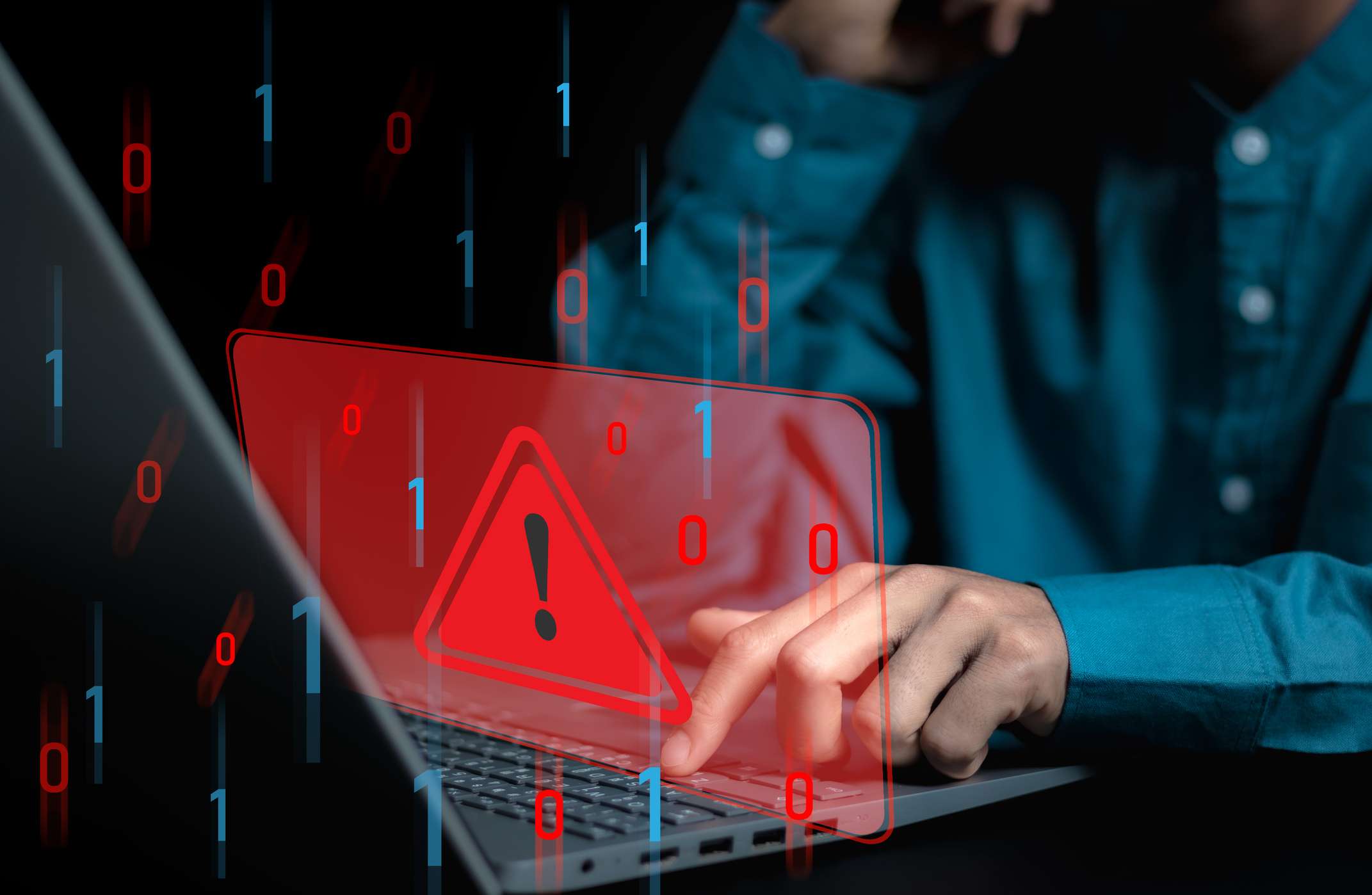
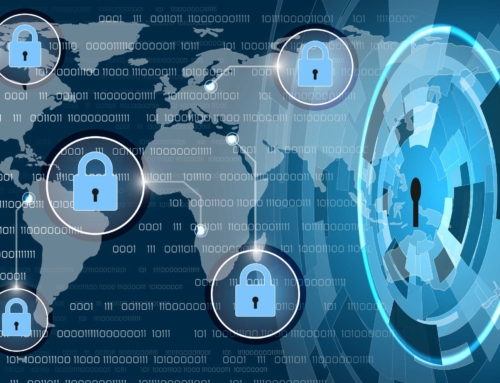
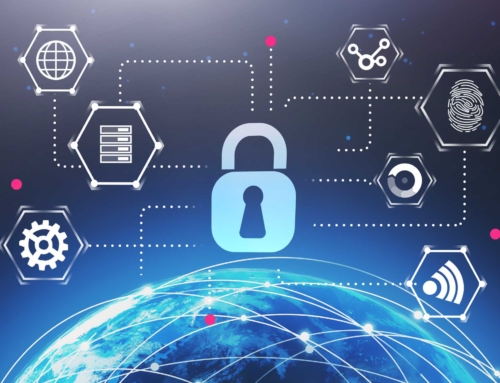
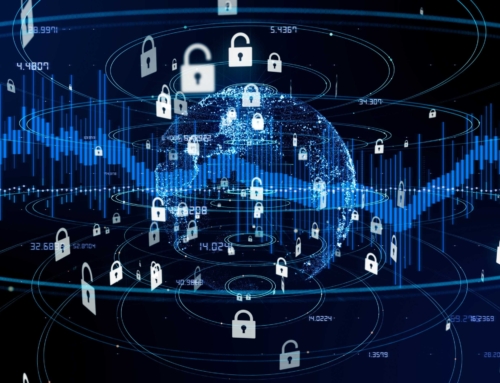
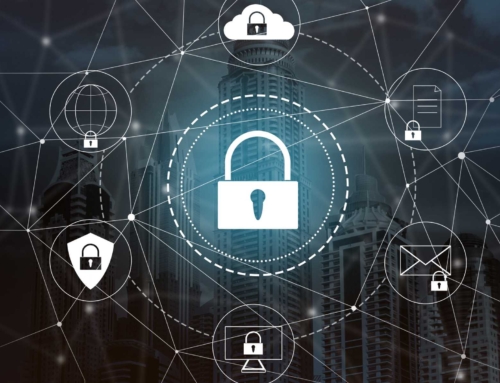


 Smoke testing is a term used to describe the testing process for servers after patches are applied.
Smoke testing is a term used to describe the testing process for servers after patches are applied. 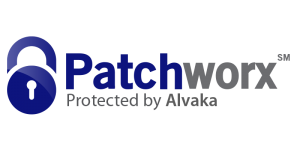 This is a basic cost calculator for you to compute your typical monthly cost for patching your servers, PCs, laptops, tablets and associated application software. It also forms the basis for you to begin calculating your Return on Investment for software patching, or for comparison with alternatives to the manual process of patching operating systems and application software—such as Patch Management as a Service, also known as Vulnerability Management as a Service.
This is a basic cost calculator for you to compute your typical monthly cost for patching your servers, PCs, laptops, tablets and associated application software. It also forms the basis for you to begin calculating your Return on Investment for software patching, or for comparison with alternatives to the manual process of patching operating systems and application software—such as Patch Management as a Service, also known as Vulnerability Management as a Service.